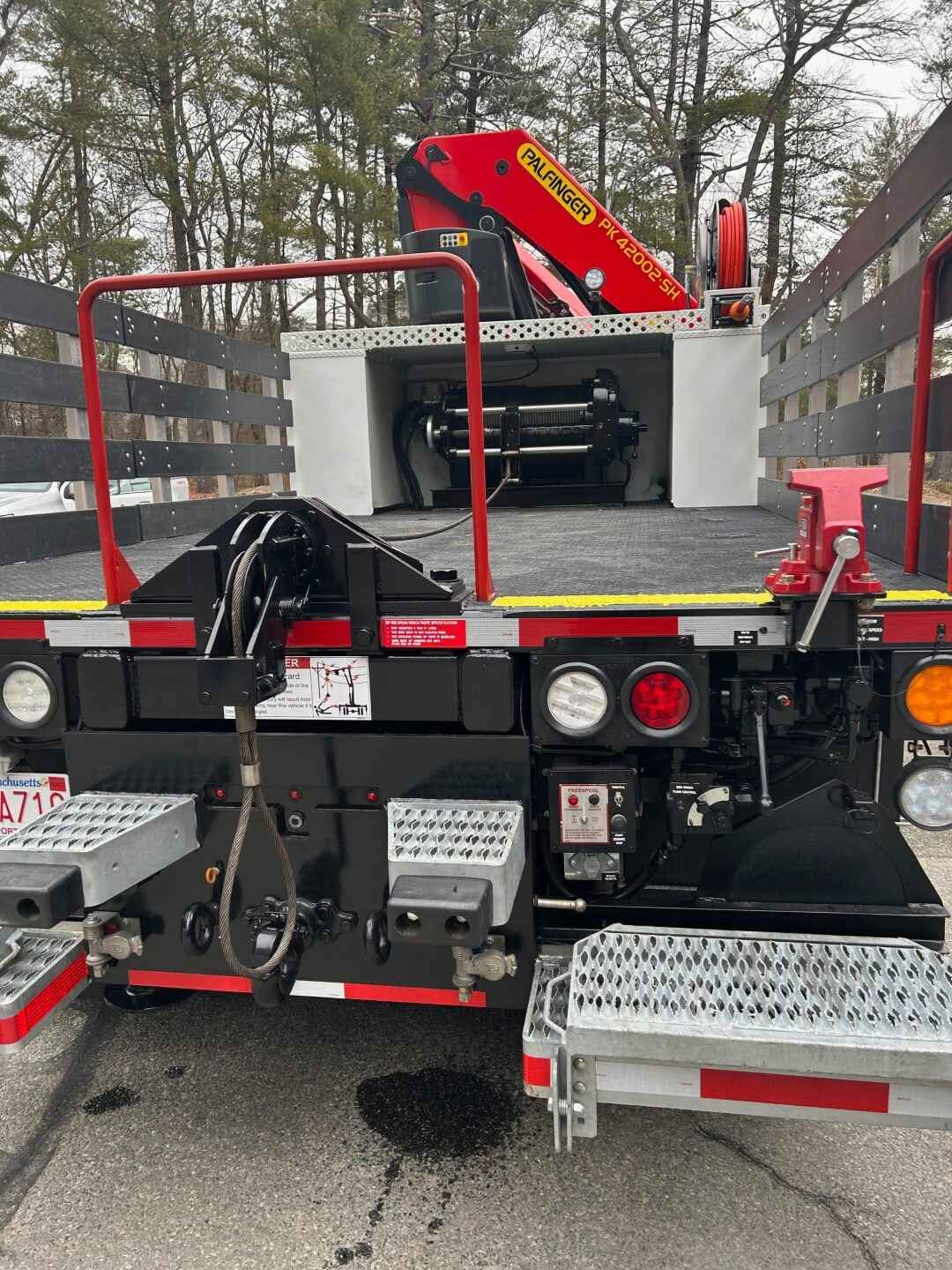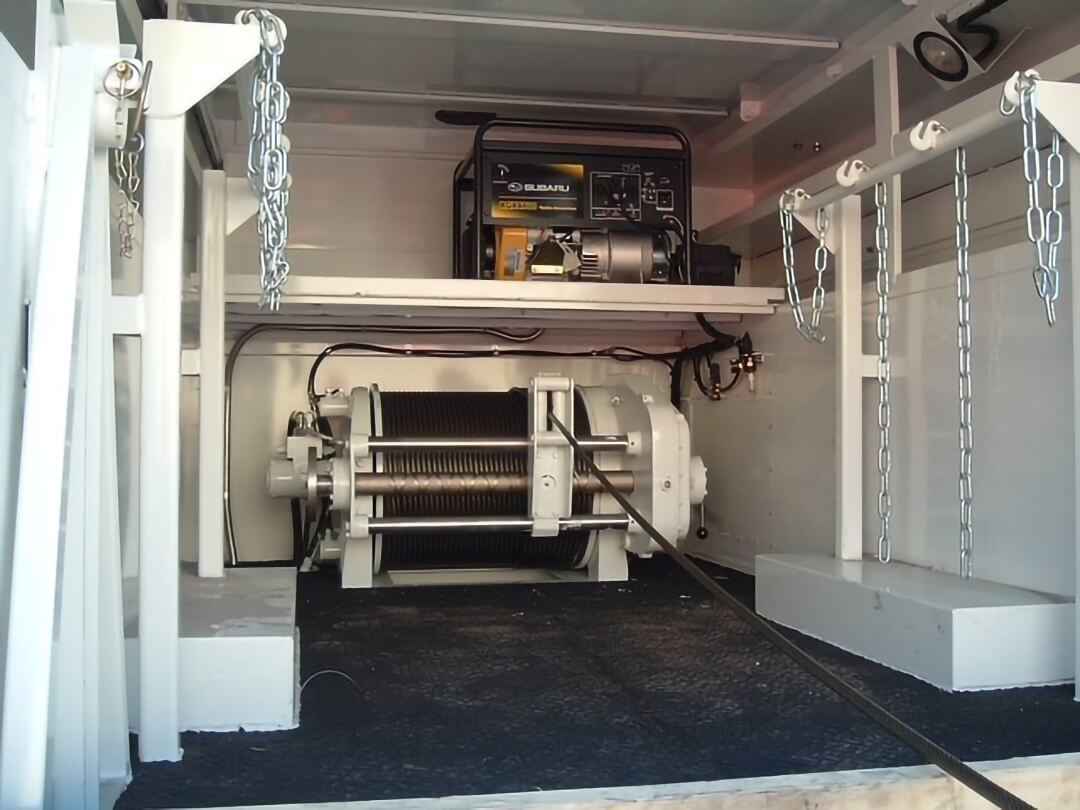
Safety, reliability and cost are at the center of a national conversation being framed around large-scale infrastructure upgrades to strengthen and modernize America’s aging power grid.
The U.S. electric system has about 6 million miles of line and approximately 180 million power poles. According to the U.S. Department of Energy (DOE), the entire system has exposure and increasing vulnerability to adverse or extreme weather conditions, the cause of most power outages.
In addition, when live wires contact vegetation, wildfires can occur. The domino effect and resulting consequences can be severe.
Undergrounding Costs and Benefits
When it comes to enhancing grid resilience, burying high-voltage power cables underground has been identified as one solution to reduce outages and ignition risks.
Recent studies indicate that underground lines outperform overhead lines in reliability and wildfire risk mitigation.
Florida Power & Light Company (FPL) found that they have six times fewer outages with underground lines during severe weather and can perform 50% better day to day
Pacific Gas & Electric (PG&E), found that undergrounding can reduce the risk of wildfire ignition from electrical equipment by approximately 98%.
The price tag can be relatively high, however, and numerous complex variables impact the cost and feasibility of long underground pulls in both rural and urban environments.
Various terrain types, such as rocky soil, mud or environments with existing infrastructure like conduits and pipes and other obstacles, increase the potential for cable entanglement, damage or misalignment. Not all locations are ideal contenders and areas prone to flooding, for example, must be ruled out.
Where undergrounding is deemed necessary, cost-effectiveness, high speed and safety are being emphasized.
Taking a Smart Approach
In 2024, the DOE’s Advanced Research Projects Agency-Energy announced $34 million in funding for a dozen programs to develop advanced grid-strengthening technologies, aimed at bringing down costs and speeding development.
Regulators in California recently approved a long-term program allowing major utilities to propose 10-year plans designed to enhance the state’s electric grid and expedite moving power lines underground.
In hurricane-prone Florida, FPL is using sources such as 100-year floodplain data and records of previous outages to determine which areas and neighborhoods should be prioritized for transition.
According to PG&E, expanding the electric system underground in areas determined to be at elevated risk for fires helps reduce them, improves reliability and mitigates the need for safety-related power outages. Improved air and water quality are added benefits.
At the same time, data from California's investor-owned electric utilities have shown that converting overhead distribution infrastructure to underground is up to 10 times more expensive than installing new distribution overhead lines.
The feasibility of undergrounding electric distribution lines in other states such as Connecticut, New Hampshire and Massachusetts each has its own set of cost implications and logistical and technical challenges.
It was reported by CBS News in 2023 that Eversource, a residential energy provider, had about 11,000 miles of line in Massachusetts alone in 2021. It was estimated that converting their overhead cables underground would cost roughly $2 million to $6 million per mile — or $22 billion to $66 billion. Another estimate given around that time for moving all the state’s overhead lines underground was up to $1 trillion.
Boots on the Ground
After civil engineering is completed, specialized equipment outfitted with cable pulling winches is used to move high-voltage power cables through conduits, trenches or ducts, to minimize the risk of damage and expedite progress.
DC Bates Equipment is a Massachusetts-based builder and outfitter for trucks, trailers and specialized equipment. The company’s focus for more than 30 years has been on material handling equipment and custom fabrications for crane and rigging specialists, serving Northeast U.S. utilities.
The BP200C cable pulling winch is a specialized drum winch purpose-engineered by BRADEN with features designed to achieve superior gearing and braking system performance.

The winch’s two-speed motor provides for low-speed torque and feathering control, as well as high-speed operation. A sprag clutch eliminates fallback during reel-out operations. An adjustable low-drag free spool system facilitates manual cable pulling.
Don Bates, owner of DC Bates and a long-time distributor for the winch manufacturer, said demands in the industry center around quality, safety and reliable machine performance.
Winches, drives and other components must be optimally mounted and configured — ensuring they can be integrated and operate as designed — without interfering with other parts or systems while meeting the end user’s requirements.
“The first thing we do is determine the winch location and design the proper subframe for the winch to be installed,” Bates said
“We bolt the winch to a 1-inch mounting plate which is welded to shear plates which are bolted to the truck frame. [The utility companies] buy the trucks, spend time with us to make sure their specification is right. How long they want the body, the valving and hydraulic lines for the winch. We consider the wheelbase, frame strength and how they want to mount the operator’s controls.”
Generating Cost Efficiencies
Avoiding time and cost overruns is highly dependent on equipment uptime and efficiency, as well as the expertise of machine operators who must exert precise control to prevent problems during underground pulls.
Excessive tension or improper handling during pulls can result in damage to the unenergized power lines or wire rope, requiring costly repairs or replacements.
The BP200C has an active level wind mechanism to evenly spool wire rope onto the drum. This integrated feature helps prevent issues like kinking, backlashing and bird nesting.

The winch is designed for reduced heat generation while maintaining cable integrity during long continuous duty pulls. Underwound and overwound winch configurations are available.
“Every underground job has some difficulty, they have to factor in the size of the cable, the length of the pull and the winch you should use to do it,” Bates said.
“They are trying to be careful not to damage the cable, to get as much life out of [wire rope] as they can,” he continued. “The level wind lays down the cable, so it doesn't get misaligned or tangled. You can run the cable faster or slower and [the winch] provides for smooth, controllable pulling action.”
Extended Utility
An extension shaft, available at various lengths for the BP200C, can be routed through the truck body and extended out one side to create an optional capstan drive. Typically installed near the rear of the truck bed, it can remain unobtrusive yet accessible from the back.
Additionally, mounting a collapsible hose reel provides an alternative method for pulling cable, reducing the need to rehandle smaller loads. Bates explained, “If they have loose cable on the ground, this becomes a secondary function.”
Amped Up Requirements
Requirements and expectations for grid improvements are driving advanced technology, custom engineering, fabrication and manufacturing capabilities to the forefront of modernizing America’s utility infrastructure.
Minimizing delays, avoiding damage to power cables and wire rope and eliminating operational hiccups are among the keys to achieving greater time and cost savings when implementing grid modernization objectives.
Don Bates has been in business since 1967. He started his company in 1983 and has provided support to Northeast U.S. utility infrastructure projects over the past three decades.
The partnership between DC Bates and BRADEN highlights the critical role of manufacturing partnerships, producing specialized equipment and components such as drum winches engineered for precision and continuous duty cycle cable pulling performance.
On a tactical level, specialized equipment with purpose-built winches can be tailored with high drum capacity and flexible mounting options to make the work of undergrounding more predictable and cost effective.